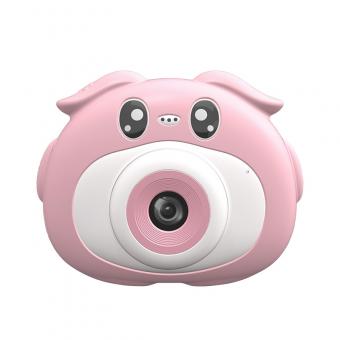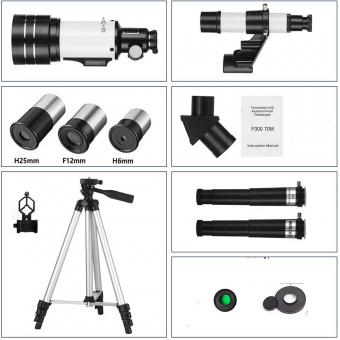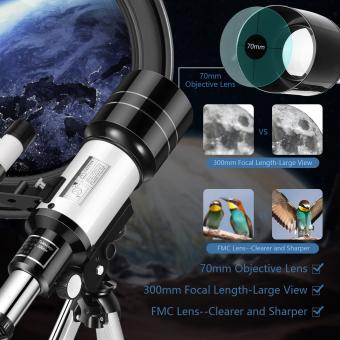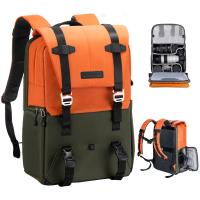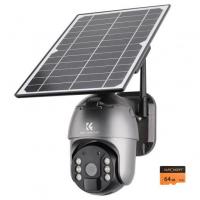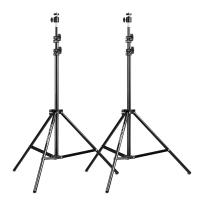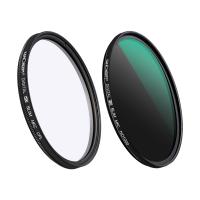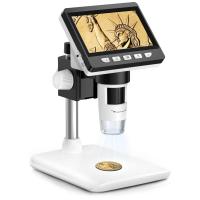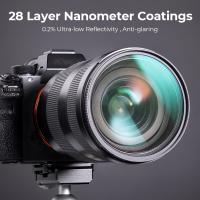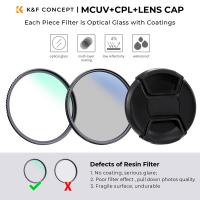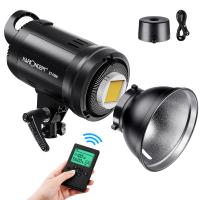How Good Is A 70mm Telescope ?
A 70mm telescope is considered to be a good entry-level telescope for amateur astronomers. It offers a decent aperture size, which determines the amount of light the telescope can gather. With a 70mm aperture, the telescope can provide clear views of the Moon, planets in our solar system, and some brighter deep-sky objects like star clusters and nebulae. However, it may struggle to provide detailed views of fainter deep-sky objects due to its limited light-gathering capability. Additionally, the quality of the telescope's optics and mount will also play a role in its overall performance. Overall, a 70mm telescope can be a great starting point for beginners to explore the night sky and develop their interest in astronomy.
1、 Magnification power and clarity of a 70mm telescope
A 70mm telescope can provide a good balance between portability and performance for amateur astronomers. The 70mm refers to the diameter of the objective lens or mirror, which determines the amount of light the telescope can gather. Generally, the larger the objective, the more light it can collect, resulting in brighter and clearer images.
In terms of magnification power, a 70mm telescope can typically provide a maximum useful magnification of around 140x to 180x. This means that objects can appear up to 180 times larger than they would with the naked eye. However, it's important to note that magnification alone does not guarantee better image quality. Factors such as atmospheric conditions, optical quality, and the stability of the telescope mount also play significant roles.
Regarding clarity, a 70mm telescope can offer decent image quality, especially when observing bright celestial objects like the Moon, planets, and some brighter deep-sky objects. The level of detail visible will depend on various factors, including the telescope's optics, the observer's experience, and the atmospheric conditions at the time of observation.
It's worth mentioning that advancements in telescope technology have led to the development of higher-quality optics and more advanced features in recent years. Therefore, the latest 70mm telescopes may offer improved image quality and additional features compared to older models.
Ultimately, the performance of a 70mm telescope will be influenced by various factors, and it is important to manage expectations accordingly. While it may not provide the same level of detail as larger telescopes, a 70mm telescope can still offer enjoyable views of celestial objects and serve as a great entry-level instrument for beginners or those seeking a portable option.
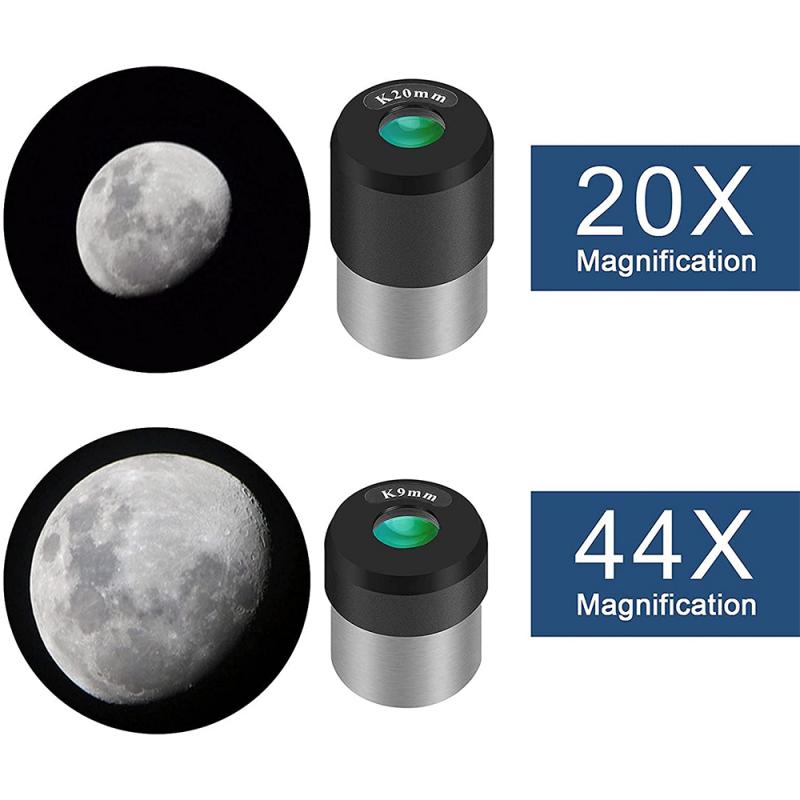
2、 Light-gathering ability and image brightness of a 70mm telescope
A 70mm telescope is considered to be a good entry-level instrument for amateur astronomers. It offers a decent level of light-gathering ability and image brightness, making it suitable for observing celestial objects such as the Moon, planets, and some deep-sky objects.
The light-gathering ability of a telescope is determined by the size of its objective lens or mirror. In the case of a 70mm telescope, the objective lens has a diameter of 70mm (or approximately 2.75 inches). This size allows the telescope to collect a significant amount of light, enabling it to provide clear and detailed views of celestial objects.
The image brightness of a telescope is also influenced by factors such as the quality of the optics and the observer's location. A well-designed 70mm telescope with good optics can deliver bright and sharp images, especially when observing objects under dark skies with minimal light pollution.
It is important to note that while a 70mm telescope can provide enjoyable views of the Moon and planets, it may have limitations when it comes to observing faint deep-sky objects such as galaxies and nebulae. The smaller aperture of a 70mm telescope means it may not gather enough light to reveal the fine details and subtle features of these objects. However, with patience and careful observation techniques, some deep-sky objects can still be observed with a 70mm telescope.
In recent years, technological advancements have improved the quality and affordability of telescopes. This means that even entry-level instruments like a 70mm telescope can offer better performance compared to older models. Additionally, the availability of smartphone adapters and astrophotography accessories has made it easier for beginners to capture images of celestial objects using a 70mm telescope.
In conclusion, a 70mm telescope is a good choice for beginners or casual observers who want to explore the night sky. While it may have limitations when it comes to observing faint deep-sky objects, it still provides enjoyable views of the Moon, planets, and some brighter deep-sky objects. With the right conditions and techniques, a 70mm telescope can offer a rewarding stargazing experience.
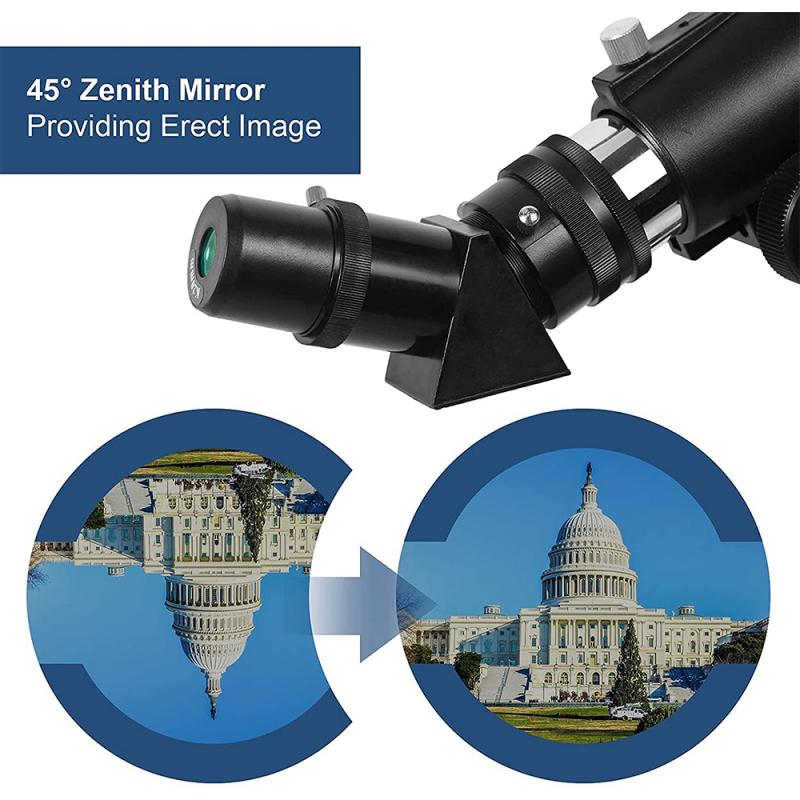
3、 Suitable celestial objects for observation with a 70mm telescope
A 70mm telescope is considered a small to medium-sized telescope, and its performance will depend on various factors such as the quality of the optics, the mount stability, and the observer's experience. However, in general, a 70mm telescope can provide enjoyable views of a wide range of celestial objects.
For lunar observations, a 70mm telescope can reveal intricate details on the Moon's surface, including craters, mountains, and valleys. The Moon is an excellent target for beginners and experienced observers alike, as it offers a wealth of features to explore.
Planetary observations can also be rewarding with a 70mm telescope. While the smaller aperture may limit the level of detail visible, planets such as Jupiter and Saturn can still be observed, and their larger features like cloud bands and the rings of Saturn can be discerned. Mars, when it is at its closest approach to Earth, may also reveal some surface features.
Deep-sky objects, such as star clusters and nebulae, can also be observed with a 70mm telescope. However, due to its smaller aperture, the views may not be as detailed or bright as with larger telescopes. Nevertheless, objects like the Pleiades star cluster, the Orion Nebula, and the Andromeda Galaxy can still be appreciated.
It is important to note that the quality of the telescope's optics and the observer's experience and knowledge of the night sky will greatly influence the overall performance and enjoyment of using a 70mm telescope. Additionally, light pollution in urban areas can significantly impact the visibility of celestial objects.
In conclusion, while a 70mm telescope may have some limitations, it can still provide enjoyable views of the Moon, planets, and certain deep-sky objects. It is a suitable instrument for beginners or those looking for a portable and easy-to-use telescope.
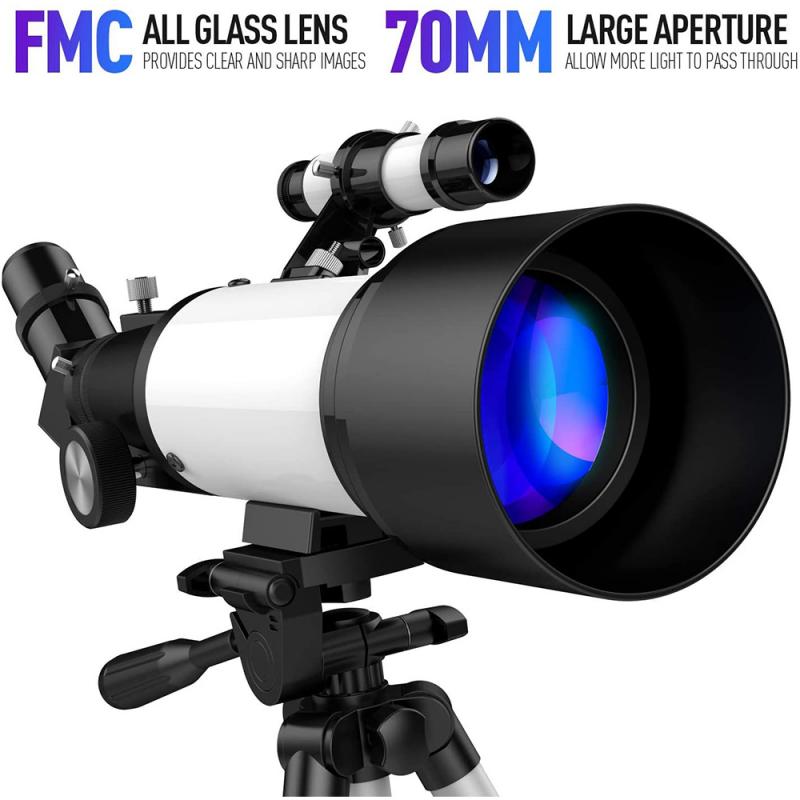
4、 Portability and ease of use of a 70mm telescope
A 70mm telescope can be a great option for amateur astronomers, especially those who are just starting out or have limited space for storage. While it may not have the same level of power as larger telescopes, it still offers a decent level of magnification and clarity for observing celestial objects.
In terms of portability, a 70mm telescope is relatively lightweight and compact, making it easy to transport and set up in different locations. This is particularly advantageous for those who enjoy stargazing in various settings or want to take their telescope on camping trips or vacations. Additionally, its smaller size allows for quick and hassle-free assembly, making it user-friendly for beginners.
The ease of use of a 70mm telescope is another notable advantage. With a smaller aperture, it requires less maintenance and adjustment compared to larger telescopes. This means less time spent on aligning and calibrating the instrument, and more time spent observing the night sky. The simplicity of operation makes it an ideal choice for individuals who are new to astronomy or prefer a straightforward observing experience.
However, it is important to note that a 70mm telescope does have its limitations. Its smaller aperture means it may not gather as much light as larger telescopes, resulting in slightly dimmer images and potentially limiting the ability to observe fainter objects. Additionally, the smaller size may restrict the level of detail that can be seen on certain celestial bodies.
In conclusion, a 70mm telescope offers a good balance between portability and ease of use. While it may not provide the same level of power as larger telescopes, it is a practical choice for beginners or those with limited space. With advancements in technology, the latest models of 70mm telescopes may offer improved optics and features, enhancing the overall observing experience.




